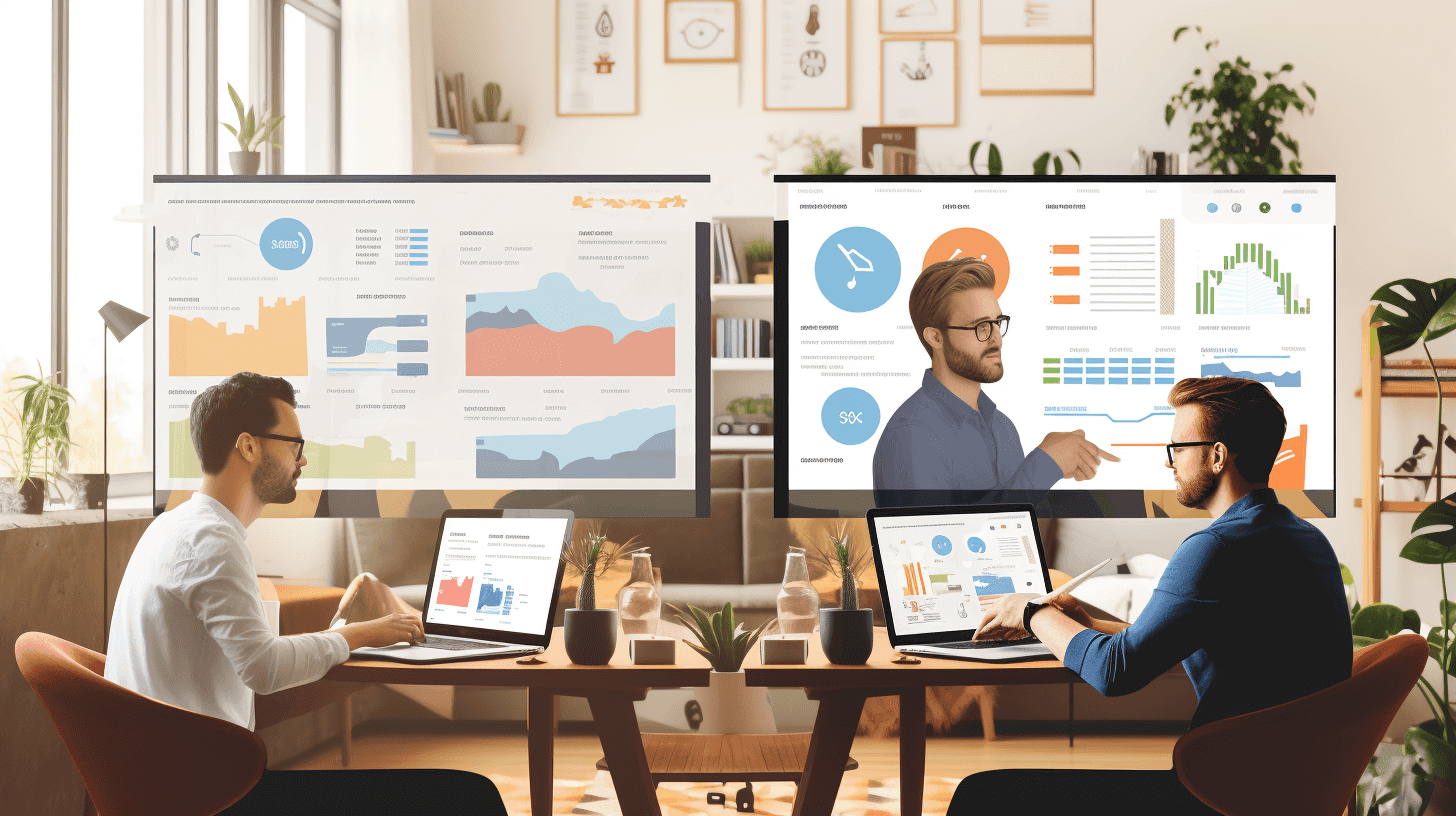In the ever-evolving landscape of remote work, the dynamics of team collaboration and performance evaluation have undergone a paradigm shift. As teams navigate through virtual spaces, the significance of feedback amplifies, serving as a compass guiding them toward excellence. ilpApps, equipped with its array of tools and features, emerges as a pivotal ally in this journey, facilitating a culture of continuous improvement and achievement. Let's delve into the transformative power of ilpApps and its role in enhancing remote work productivity through effective feedback mechanisms.
Understanding the Essence of Feedback
Feedback serves as a conduit for growth and development within any organization, regardless of its operational model. In the realm of remote work, where physical proximity is replaced by digital connectivity, the need for constructive feedback becomes even more pronounced. It bridges the gap created by geographical dispersion, fostering a sense of connection and alignment among team members. However, feedback transcends mere communication; it embodies a strategic approach to optimize performance and achieve collective objectives.
Unveiling the Impact of ilpApps in Remote Work Environments
At the heart of ilpApps lies a sophisticated framework designed to streamline remote work processes and amplify performance metrics. Through its intuitive interface and robust functionalities, ilpApps empowers teams to transcend geographical barriers and collaborate seamlessly. By integrating feedback mechanisms into its platform, ilpApps cultivates a culture of transparency and accountability, where insights are shared, and growth is nurtured.
Leveraging Feedback for Continuous Improvement
Within the ecosystem of ilpApps, feedback assumes a multifaceted role, serving as a catalyst for continuous improvement. Through real-time feedback loops, team members engage in iterative refinement, refining their skills and enhancing their efficacy. Whether it's constructive criticism or affirmative reinforcement, ilpApps provides a conducive environment for dialogue, enabling individuals to thrive in their respective roles.
Aligning Objectives with OKRs and Smart Goals
Central to ilpApps's ethos is the alignment of individual efforts with organizational objectives, a feat achieved through the implementation of OKRs (Objectives and Key Results) and Smart Goals. By setting clear and actionable objectives, teams gain clarity on their collective purpose, fostering a sense of cohesion and direction. ilpApps serves as a repository for tracking progress against these objectives, offering insights into performance metrics and identifying areas for refinement.
Nurturing a Culture of Feedback and Growth
In the digital landscape of remote work, cultivating a culture of feedback and growth is paramount to sustained success. ilpApps not only provides the tools necessary for effective feedback dissemination but also nurtures an environment where feedback is embraced as a catalyst for improvement. Through its interactive dashboards and customizable reporting features, ilpApps empowers managers to deliver targeted feedback, tailored to the unique needs of each team member.
Harnessing Data-Driven Insights for Enhanced Performance
In the realm of remote work, data serves as the cornerstone of informed decision-making and performance optimization. ilpApps leverages advanced analytics to distill complex datasets into actionable insights, empowering teams to identify trends, mitigate risks, and capitalize on opportunities. By correlating feedback data with performance metrics, ilpApps equips organizations with the foresight needed to adapt to evolving challenges and maximize performance outcomes.
Embracing Innovation in Remote Work Practices
As organizations embrace the transformative potential of remote work, innovation emerges as a driving force behind sustained growth and competitiveness. ilpApps stands at the forefront of this paradigm shift, offering a suite of innovative solutions tailored to the unique demands of remote work environments. From virtual collaboration tools to immersive feedback platforms, ilpApps empowers teams to transcend traditional boundaries and unlock their full potential.
Cultivating a Community of Collaboration and Excellence
Beyond its role as a provider of feedback solutions, ilpApps fosters a vibrant community of collaboration and excellence. Through virtual forums and knowledge-sharing initiatives, ilpApps encourages peer-to-peer learning and cross-functional collaboration, enriching the remote work experience for all stakeholders. By nurturing a culture of continuous learning and innovation, ilpApps empowers teams to adapt, evolve, and thrive in an ever-changing landscape.
Conclusion: Empowering Remote Teams Through Effective Feedback
In conclusion, ilpApps emerges as a transformative force in the realm of remote work, offering a comprehensive suite of tools and features designed to elevate team performance through effective feedback mechanisms. By harnessing the power of OKRs, Smart Goals, and advanced analytics, ilpApps empowers organizations to align individual efforts with overarching objectives, driving collective success. As remote work continues to redefine the modern workplace, ilpApps remains committed to empowering teams with the tools and insights needed to thrive in this dynamic landscape.
Further Reading
- Maximize Team Collaboration with ilpApps Slack Integration
- Why Investing in People Operations is the New Competitive Advantage
- The Evolution of Performance Reviews: How Modern Approaches Are Changing the Game
Ready to find out more?
